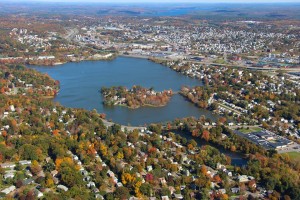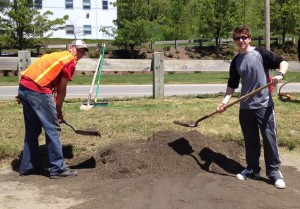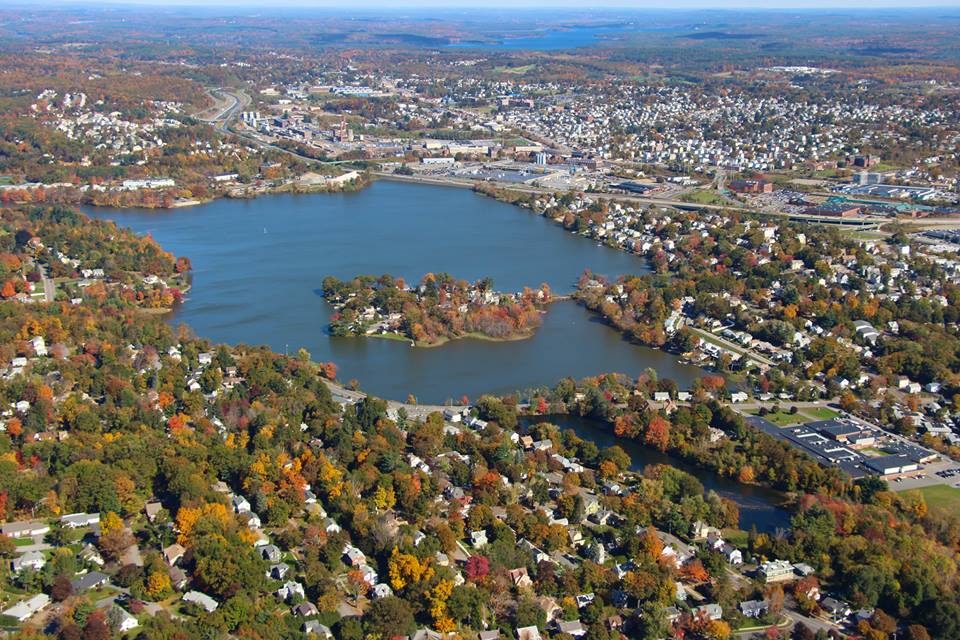We are currently working with the City of Worcester  on short term plans for Indian Lake…. Basically how do we get past this algae infestation that has closed our lake. One of the things you will likely see soon is the City working to discourage the growing geese population from making Indian Lake their home. No geese will be injured in the process. It actually sounds more like annoying them until they go somewhere else! Meanwhile, daily monitoring of the clarity and temperature are being done by the City and the lake association.
on short term plans for Indian Lake…. Basically how do we get past this algae infestation that has closed our lake. One of the things you will likely see soon is the City working to discourage the growing geese population from making Indian Lake their home. No geese will be injured in the process. It actually sounds more like annoying them until they go somewhere else! Meanwhile, daily monitoring of the clarity and temperature are being done by the City and the lake association.
In the meantime, District 1 City Councilor Tony Economou is pushing for immediate action for a longer term plan working with City and State representatives. For those that are not aware, Indian Lake has been listed by the state as an impaired water body for many years. The reason is mainly due to excess nutrients and phosphorous creating poor water clarity. While algae blooms happen naturally in lakes, these nutrients compound the problem.
is pushing for immediate action for a longer term plan working with City and State representatives. For those that are not aware, Indian Lake has been listed by the state as an impaired water body for many years. The reason is mainly due to excess nutrients and phosphorous creating poor water clarity. While algae blooms happen naturally in lakes, these nutrients compound the problem.
Indian Lake also has excessive sediment from years of runoff and development that has made the lake very shallow. The nutrient filled sediment which is kicked up by our bottom feeding carp population is likely another piece of the puzzle. We have measured over 10,000 cubic yards of sediment near the inlets at Shore Drive, Delaney Brook, Huntington Avenue and Sherburne Avenue alone. Does the Sears Island causeway also contribute to the problems, which limits the water’s ability to flow freely around the island? These are the types of questions we need answers to.
The Indian Lake Watershed Association has done many things to improve the water quality in the lake including lobbying the City to pave streets that washed out into the lake or surrounding storm drains as well as wrote and received a grant from the Department of Environmental Protection which included installation of three huge underground systems that catch sediment before it enters the lake. As part of this grant, DPW worked as a partner with us to implement many deliverables and made long needed repairs to the dam.
to improve the water quality in the lake including lobbying the City to pave streets that washed out into the lake or surrounding storm drains as well as wrote and received a grant from the Department of Environmental Protection which included installation of three huge underground systems that catch sediment before it enters the lake. As part of this grant, DPW worked as a partner with us to implement many deliverables and made long needed repairs to the dam.
The DPW has also been a huge supporter of storm drain stenciling projects around the lake and has created many educational pieces aimed at helping residents understand that even if they don’t live on the lake, their actions can affect it.
The City has been a huge supporter of the annual winter drawdown which has been instrumental in managing nonnative invasive weeds without the use of chemicals.
Many years ago, we as an Association, used to treat for algae on occasion. But the desire to get away from using chemicals in our lake, the cost and the fact that most blooms are not harmful and went away in a few days, led us away from this. We have heard from many of our members over the years that they are happy to not have the lake chemically treated unless absolutely necessary.
This all said, the fact remains that more needs to be done to reduce the nutrients and phosphorous loading in Indian Lake. And the action plan must start now and must involve City and State officials that are committed to see improvement. The severity of this bloom must serve as a wakeup call that more must be done.
We need everyone to attend the City Council meeting this coming Tuesday, July 22nd at 7pm to support the following order:
“City Councilor Tony Economou request the City Manager organize a meeting between the appropriate City and State officials as well as the President and Vice President of the Indian Lake Watershed Association to discuss and work on a long term plan for the betterment of the water way, Indian Lake.”
I apologize for this being long but I felt it was all valuable information to have.
Thank you for your support.
Beth Proko
Vice President
Indian Lake Watershed Association



